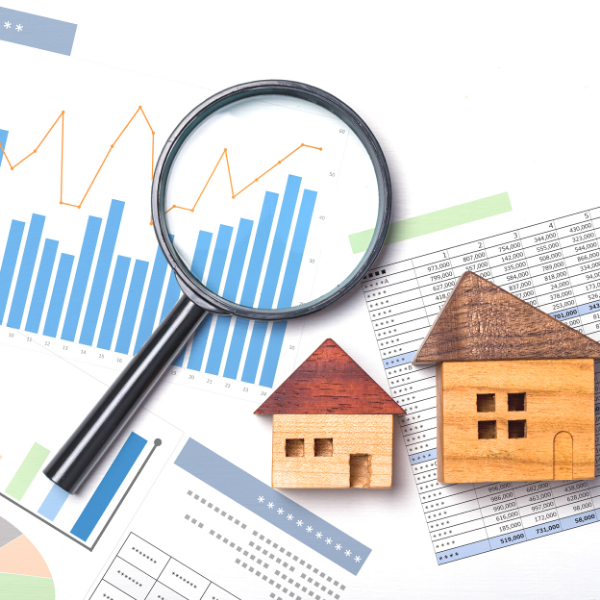There isn’t much that the COVID-19 pandemic hasn’t impacted, and the real estate market is no exception. In April, the National Association of Home Builders estimated that increased lumber prices had added nearly $36,000 to the price of the average new single-family home, and almost $13,000 to the market value of the average new multifamily home. The pandemic shut down production of necessary building supplies, cut off the regular supply chains, and led to a worker shortage that is still concerning the construction industry.
Initial Impact on Construction Industry
When COVID-19 first emerged as a national emergency, many construction sites shuttered operations as the county went into a lockdown. Although construction was later deemed essential work, allowing sites to re-open early on, the pandemic still took its toll and the industry lost nearly 1 million workers. After re-opening, the market boomed – despite projections that supply and labor demand would remain stagnant throughout the pandemic. In fact, the past year has seen record numbers of new construction, as well as surge in average consumer DIY home improvement projects. This unexpected demand placed heavy burdens on the supply chain, especially while production entities were impacted by COVID-19 protocols for worker safety.
For the residential real estate market, increased competition for homes raised sale prices and shifted the market to rely more heavily on new construction. In April, reports indicated that new construction represented 1 in 4 homes on the market – the biggest share of the market ever.
Fluctuation of Material Costs and Labor Availability
Earlier this summer, as COVID-19 precautions were loosened, some of the concerning figures regarding material cost increases began to improve. For example, lumber futures in July were down 70% from May, when they had peaked at $1,711.20 per thousand board feet. Other resources, however, continued to increase in cost. July figures for oriented strand board were more than 510% above the January 2020 level. Shortages have remained a major concern for contractors, 84% of whom reported experiencing at least one material shortage in the Q2 2021 U.S. Chamber of Commerce Commercial Index.
The pandemic had a drastic impact on construction labor, as well. But as of July, it appears that the market has bounced back. According to July unemployment figures, construction unemployment has continued to trend lower, with a 7.3% adjusted rate in July. This is down from the pandemic peak of 14.1% unemployment in the sector from April 2020.
Lingering Effects to the Real Estate Market
Even as certain material and labor issues are trending in the right direction, the culmination of COVID’s impact is still being felt in the real estate market. Lot values for single-family detached homes are now at a record high, approaching the adjusted levels of the housing boom of 2005-2006. Nationally, the median lot price is $53,000 – in the East North Central region, where Cleveland is located, the median value is $52,000. Lot prices like these, and the lingering construction cost increases due to supply-chain and labor issues, have delayed active homebuyers from committing to the deal. High demand has also kept prices high in the existing home market, with cost cited as the biggest obstacle for active homebuyers.
Key Takeaways Going Forward
With renewed concerns about the Delta variant of COVID, and heightened precautions resurfacing in some states and cities, it is possible that the construction industry will require more time to fully stabilize. Until supply-chain issues and labor concerns are more resolved, you can expect that the real estate market (especially the market for new builds) will continue to exhibit high prices and competition.
Author
-

Adam L. Glassman
Adam Glassman is an Associate at McCarthy Lebit with a diverse practice that incorporates both transactional and business litigation matters. Learn more about Adam and his practice.

